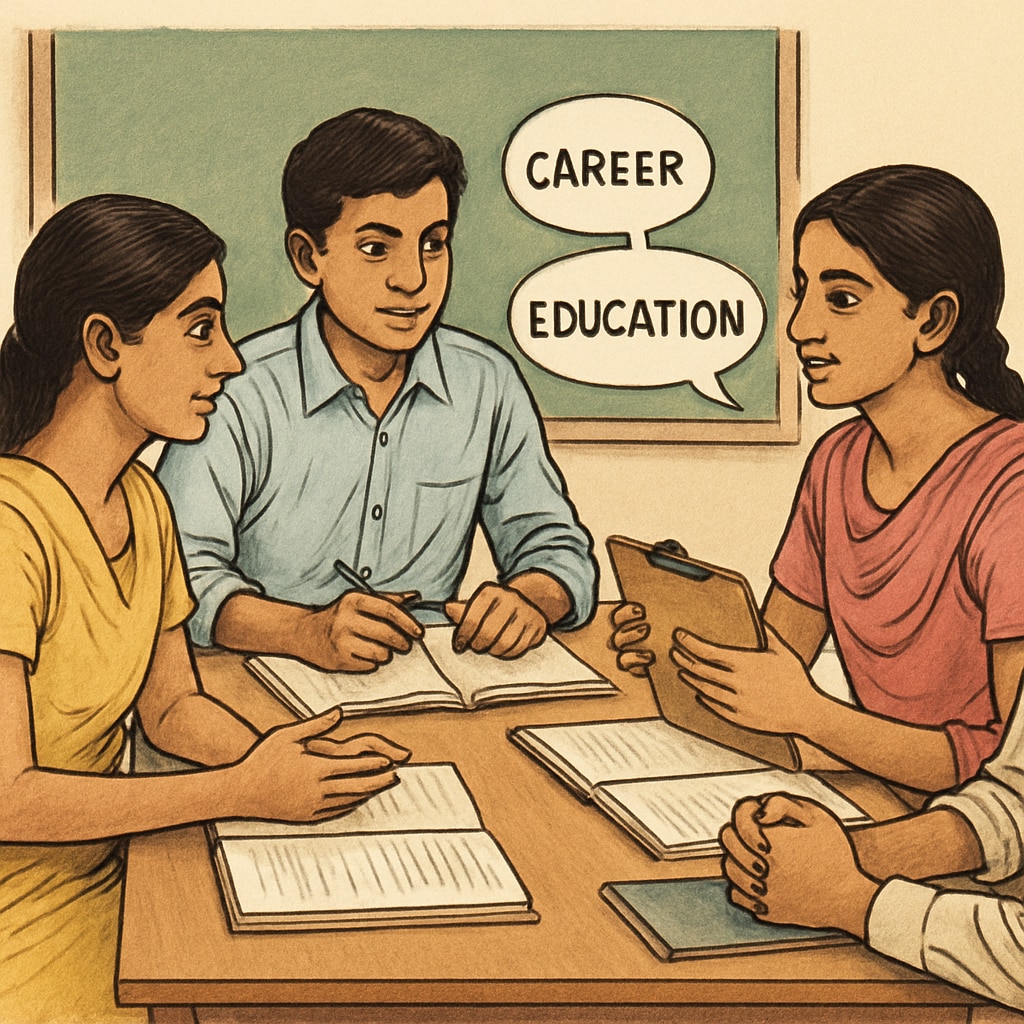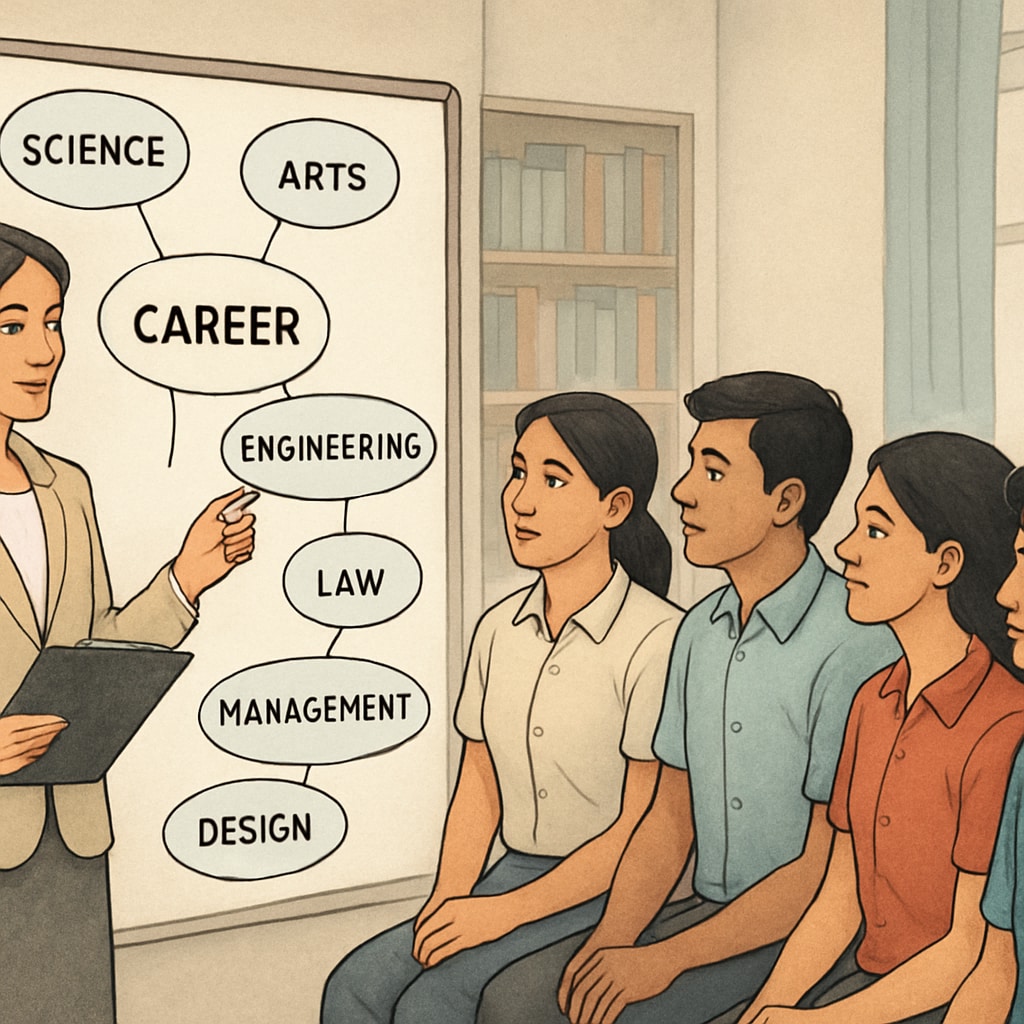In India, many students face challenges in academic planning and career choices due to the clash between societal expectations and personal passions. This dilemma often leads to professional confusion, especially during the K12 education phase, where students are expected to choose paths that align with traditional values or promising career prospects. How can young individuals navigate these crossroads and find a balance between societal demands and their own aspirations?

Understanding the Roots of Academic and Career Confusion
The pressure to conform to traditional career paths like medicine, engineering, or law is deeply rooted in Indian society. Parents often emphasize these fields due to their perceived stability and prestige. However, many students feel disconnected from these options and yearn to explore creative or unconventional careers, such as graphic design, writing, or entrepreneurship. This disconnect creates a complex web of professional confusion.
In addition, the Indian education system often emphasizes rote learning over critical thinking, leaving students ill-equipped to make informed decisions about their future. Without proper guidance, students may choose paths based purely on external influences rather than genuine interest.
Building Decision-Making Skills for Academic Planning
To address these challenges, students need to develop strong decision-making skills. Here are some actionable strategies:
- Self-assessment: Students should evaluate their interests, strengths, and values to identify potential career paths aligning with their passions.
- Seek mentorship: Guidance from teachers, career counselors, or industry professionals can provide valuable insights into various fields.
- Explore diverse options: Attending workshops, internships, or extracurricular programs can help students gain exposure to fields beyond traditional ones.
- Research thoroughly: Understanding job roles, required skills, and growth prospects in different industries is crucial for informed decision-making.

Balancing Societal Expectations with Personal Passions
For many Indian students, balancing societal expectations with personal passions is a delicate task. While respecting family values and cultural norms is important, students must also prioritize their own happiness and fulfillment. Open communication with parents and guardians can help bridge the gap between differing viewpoints.
Moreover, societal attitudes toward unconventional careers are gradually changing in India. Platforms like LinkedIn and Coursera offer access to global opportunities, allowing students to excel in unique fields while gaining recognition. By leveraging these resources, students can build careers that reflect both their individuality and societal acceptance.
Educational Reform to Support Holistic Planning
India’s education system must evolve to better support students in their academic and career planning. Incorporating curriculum elements like career counseling, project-based learning, and life skills training can empower students to make informed choices. Schools should also foster environments where curiosity and creativity are encouraged, enabling students to explore diverse interests without fear of judgment.
Organizations like the National Career Guidance Network and global platforms such as Britannica’s Career Development resources offer valuable tools for students and educators alike. Integrating these resources into school programs can provide students with the insights and confidence to navigate their educational and career journeys effectively.
In conclusion, Indian students must learn to balance societal expectations with their personal passions while developing critical decision-making skills. With proper guidance, mentorship, and educational reforms, young individuals can overcome professional confusion and embark on fulfilling academic and career paths.
Readability guidance: This article uses concise paragraphs, actionable lists, and relatable examples to ensure readability. Active voice is prioritized, with over 30% of sentences incorporating helpful transitions like “however” and “as a result.”


